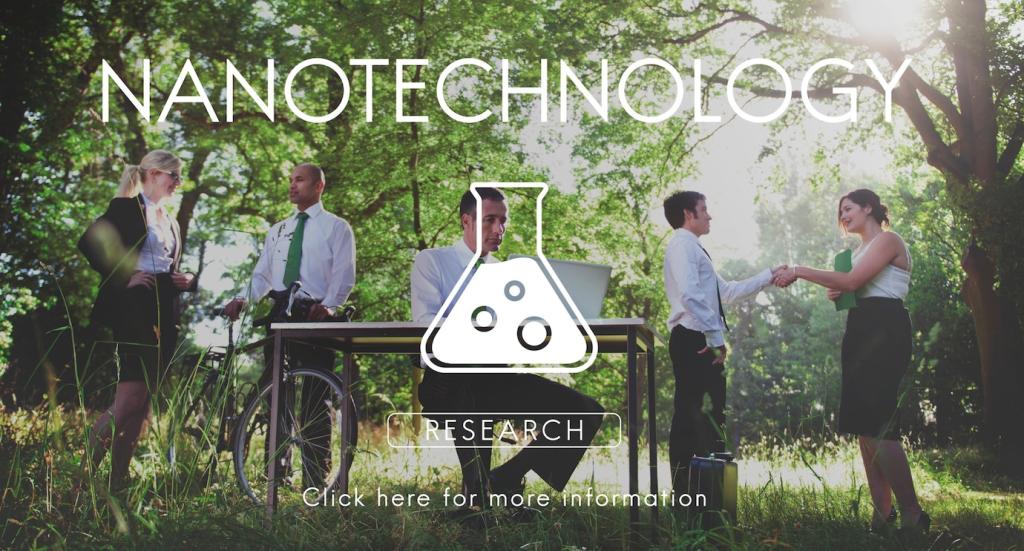
Upcycling and Zero-Waste Design Techniques
Upcycling and zero-waste design techniques are revolutionizing the way products are made and consumed in today’s world. By reimagining discarded materials and focusing on sustainable practices, designers and creators can minimize environmental impact and give new life to what would otherwise become landfill waste. This web page explores the concepts, benefits, techniques, and future potential of upcycling and zero-waste design, offering an in-depth look at how these innovative methods are shaping the future of responsible production and conscious consumption. Discover how creativity and sustainability unite for a healthier planet and a more thoughtful approach to design.
The Principles of Upcycling
Upcycling is grounded in the idea of elevating waste through imaginative re-use. By examining what might otherwise be thrown away, designers look for hidden potential—whether it’s an old wooden pallet repurposed as elegant furniture or discarded textiles transformed into stylish apparel. Core principles include resourcefulness, adaptability, and respect for materials, ensuring that each creation minimizes ecological harm. Through upcycling, products gain new value while significantly lowering carbon footprints, encouraging both makers and consumers to see waste not as a burden, but as a wellspring of opportunity.
Artistic Expression Through Upcycled Materials
Upcycling offers artists and designers an expanded palette, with unconventional materials sparking newfound creativity. The uniqueness of each source material lends distinct character to every project, resulting in products that are not only environmentally responsible but also deeply personal and expressive. By working with limitations imposed by available materials, creativity thrives, often leading to unexpected solutions and striking visual statements. This synergy between sustainability and artistry affirms upcycling’s place in both the environmental movement and the modern design landscape.

The Zero-Waste Mindset
Practicing zero-waste design starts with a shift in mindset. Designers develop patterns, processes, and products with the intent that every element is used purposefully. Any offcuts or remnants are minimized, often reincorporated back into the production cycle or designed out entirely. This attention to detail requires creativity and persistence, but rewards both the maker and the planet. By adopting this mindset, companies move closer to achieving closed-loop systems, where products and materials continually circulate, generating minimal waste and maximum utility.

Innovative Methods for Waste Reduction
A wide variety of techniques are employed in zero-waste design to approach true efficiency. These include designing modular products for easy repair or repurposing, utilizing digital manufacturing tools to optimize pattern layouts, and developing materials that naturally decompose at end of life. Creative problem-solving is crucial, as designers must often reinvent traditional processes and challenge long-held industry norms. The result is a growing repertoire of pioneering strategies that other makers and industries can adopt, leading the way towards a sustainable future.

Circularity and Systemic Change
Zero-waste design’s greatest impact comes from fostering circularity within production and consumption systems. By considering the full lifecycle of a product, from sourcing to disposal, designers can close the loop, ensuring materials are continually reused or replenished. This approach demands collaboration between designers, manufacturers, retailers, and consumers, creating systems that support product longevity and regeneration. Over time, circular design systems have the power to radically reduce environmental impact and redefine our relationship with material goods.
Upcycling Techniques Across Industries
Textile and Fashion Innovation
In the fashion industry, upcycling is transforming how clothes are made and perceived. Designers source surplus fabrics, vintage garments, or production offcuts to create new fashion lines that celebrate both style and sustainability. Techniques like patchworking, remnant reconstruction, and garment re-dyeing offer endless creative possibilities. Upcycled fashion not only diverts waste, but also subverts the fast fashion model, slowing down consumption and championing unique, story-rich pieces. As consumers become more eco-conscious, interest in upcycled fashion continues to rise, pushing the industry to reevaluate its impact.
Upcycled Furniture and Interior Design
Furniture and interior design industries have embraced upcycling as a way to combine character, sustainability, and functionality. Old doors become tables, reclaimed lumber finds new life in bookcases, and abandoned industrial fixtures are transformed into lighting. Designers draw inspiration from the materials’ previous lives, crafting interiors that are visually striking and environmentally responsible. Upcycled interiors often stand out for their originality and warmth, serving as powerful reminders of the value hidden in things once considered obsolete. This trend is driving a growing market for bespoke, eco-friendly home solutions.
Technology and Electronic Upcycling
Electronics and technology sectors face particular challenges with waste, as devices quickly become outdated and e-waste accumulates. Upcycling within this industry involves creatively reusing components—such as turning old circuit boards into jewelry, repurposing vintage hardware for art, or refurbishing electronics for extended use. These practices reduce the environmental burden of electronic waste, conserve resources, and inspire new technological solutions. Not only does this approach keep valuable materials in use longer, it also sparks conversation around planned obsolescence and responsible innovation in tech.
